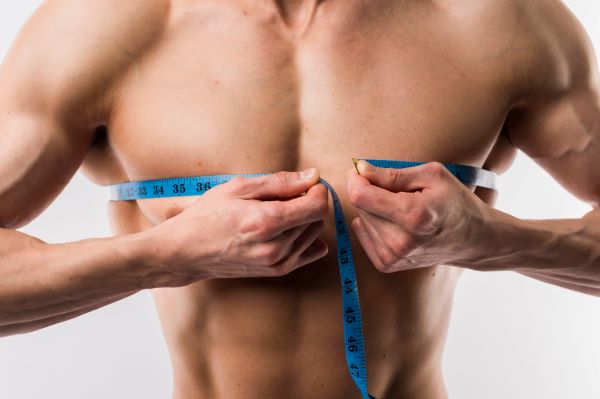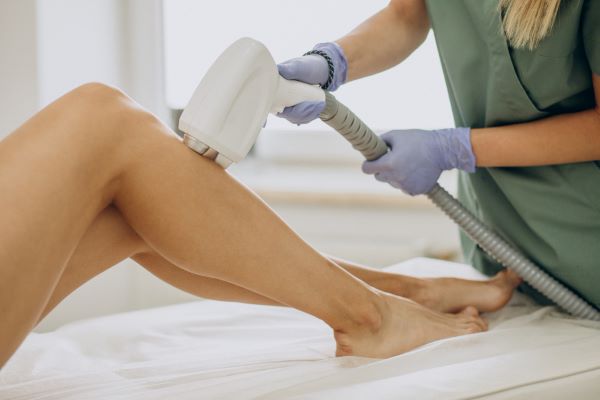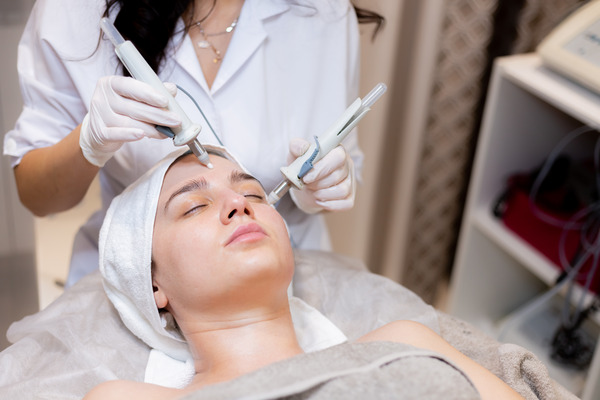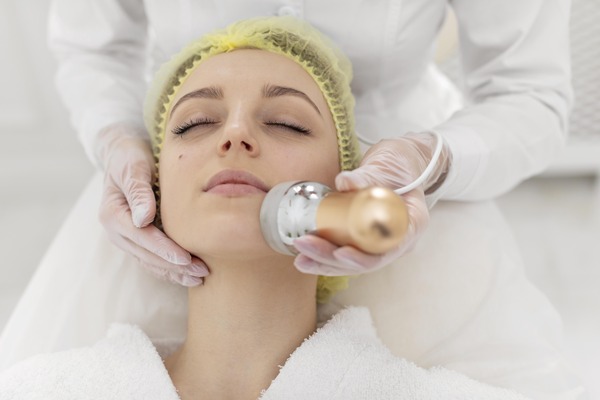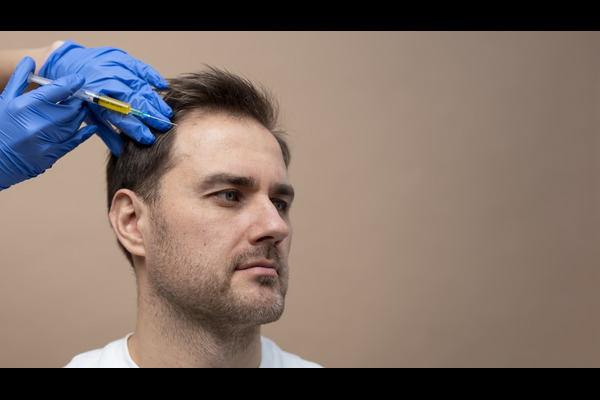
Types Of Implants Used For Breast Augmentation
Breast augmentation is the most commonly performed cosmetic surgery throughout the world. There are different techniques for breast augmentation but using implants for breasts remains the most popular choice. There are different types of implants one can choose from, either for breast enhancement, breast reconstruction, or breast surgery revision procedures.
In this post, we will discuss them. This post aims to serve as a guide for you to determine what type of breast implant is best for you.
Types of implants used for breast augmentation:
Implants for breasts can be categorised in four ways – according to material, structure, shape, and size. We will elaborate on them further.
1. According to the material –
All breast implants are made up of an outer silicone shell. However, depending on the breast implants material present within, they are classified as
a) Silicone breast implants:
These breast implants are filled with silicone gel. Being a cohesive material, they usually remain intact in their set position, and the chances of rotation are minimum. They are pliable and mould themselves to the natural shape of breasts. Hence, they appear natural and also feel natural to the touch. They are lightweight. Breast implants made of silicone are available for people aged 22 years or more.
However, if they rupture, they are not usually detected easily. The leaked silicone gel may migrate to surrounding areas and form hard lumps. To minimize this risk, gummy bear breast implants are the latest innovation in silicone breast implants. The silicone for breast implants used in this variety is more adhesive than the traditional ones. As a result, even if the shell ruptures, the filling remains in the same place and does not shift elsewhere. However, they feel firmer to the touch than traditional silicone breast implants.
b) Saline breast implants:
As the name suggests, these implants are filled with sterile saline water. They are filled after the shell or shells are inserted in their positions. Therefore, the length of the incision is lower than that for inserting silicone implants. They give a fuller shape to the breasts and are available for use to persons 18 years onwards. The biggest advantage of saline implants for breasts is that even if they rupture, the leaked saline fluid poses no harm. It is reabsorbed by the body.
On the downside, these implants are firm to hard to touch. Hence, they feel and even look somewhat fake. Being heavyweight, they are subject to gravity and rotate more than their silicone counterparts. The weight also requires the presence of extensive natural breast tissue for a firm grip. Hence, skinny people or people with low or no native breast tissue cannot opt for saline breast implants. The liquid nature of saline causes sloshing of the fluid inside causing much discomfort. An upgrade has somewhat reduced this problem. These are structured saline breast implants. Chambers are present in these implants which leads to fluid distribution through channels. This minimises both the sloshing and chances of rotation.
2. According to structure –
a) Smooth breast implants:
These breast implants are made up of a smooth outer silicone shell. The breast implant material filled within may either be silicone or saline. They are soft and feel smooth to the touch. They are flexible too and adjust to the breast shape, hence, look natural. However, there are high chances of rotation or migration of these implants for breasts.
b) Textured breast implants:
The silicone shells of these types of implants are usually thick. Sometimes, they may be rough and also contain spikes. The purpose is to allow scar tissue to grow along the surface of the implant, thereby, producing a firm attachment to the breast tissue. As a result, chances of migration, rotation, or capsular contracture reduce significantly. Textured implants can be placed in persons having little to no native breast tissue. Thus, they are useful especially for persons undergoing breast reconstruction after a complete mastectomy or for gender reassignment surgeries.
However, studies show an increased risk of Anaplastic Large Cell Lymphoma (ALCL) with the insertion of these.
Textured breast implants may be filled with either saline or silicone.
3. According to shape –
a) Round implants:
These implants are perfectly round in shape and are either saline implants or silicone implants. They add volume to the breasts. Due to their geometrical shape, the rotation of these implants does not cause a problem. The breast shape remains intact. They may be smooth or textured.
b) Anatomical implants:
These are pear-shaped or teardrop shaped, much like natural breasts. They are only available in textured forms.
They are mostly used for reconstructing the breast after a mastectomy or for female gender reassignment surgeries. As there is no native breast tissue, these implants look like genuine breasts.
4. According to size –
Breast implant sizes are measured in volumes. Implants for breasts come in sizes ranging between 125 ccs and 700 ccs.
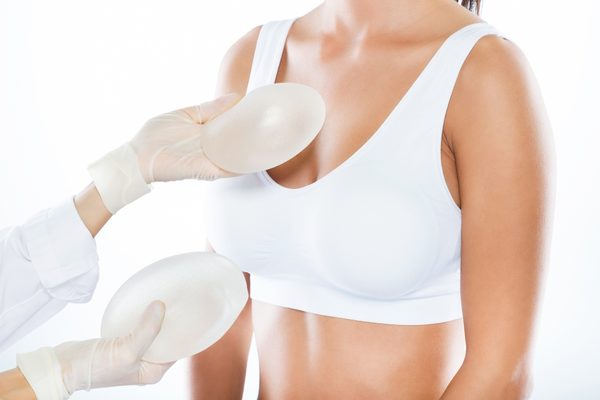
What type of breast implant is best?
There is no universal rule for this. The choice of breast implant is best decided by your breast surgeon. They will consider your goals, breast structure and size, medical history, and general health condition to determine the right breast implant for you.
But before you proceed with your breast augmentation surgery, we recommend you consider the safety of the procedure.
If you are considering implants for breast augmentation, consult our expert breast surgeons at Kaayakalp. We have access to the latest technologies and the most qualified professionals in this field. All our procedures are FDA-certified. Book your appointment today.

